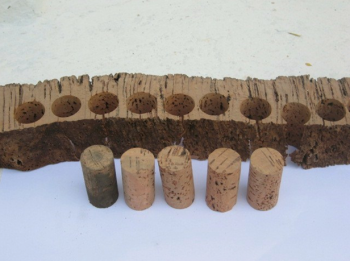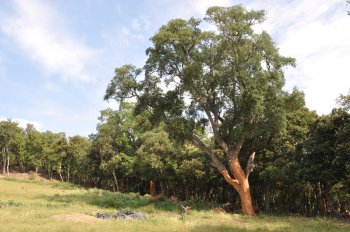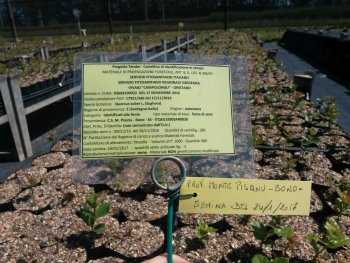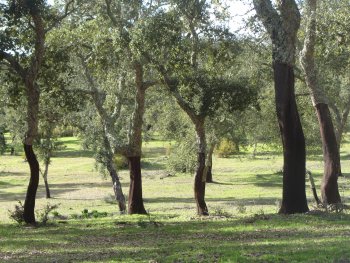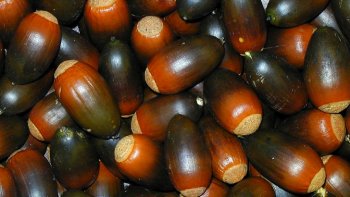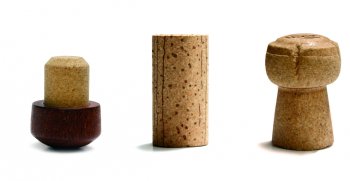Cork oak harvesting logistics
Submitted by mcssilva on 31 March 2020Improving the competitiveness of the cork oak producers, by improving the quality of the production process and the sustainability of the cork oak forest, by introducing new innovative methods and practices applied to the various stages of the production process and commercialization of the raw material, are essential to guarantee the vitality in the sector.
The profitability of the debarking, transportation and storage operations by promoting or increasing the efficiency of the processes along the potential value chain, with bring greater valorization of the raw material and...


